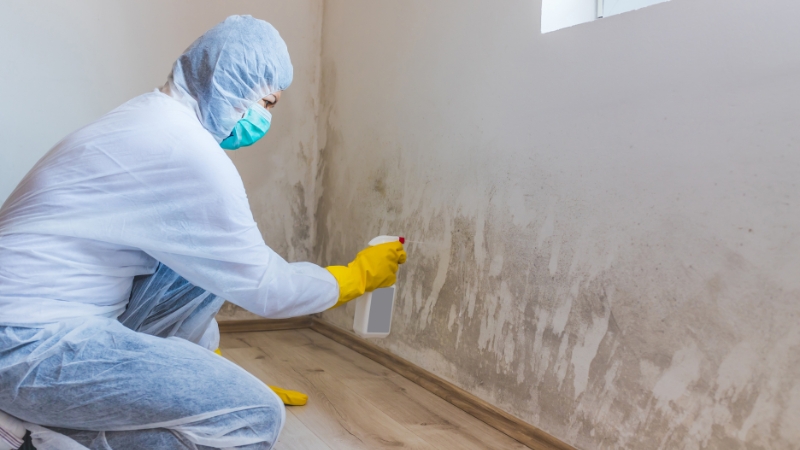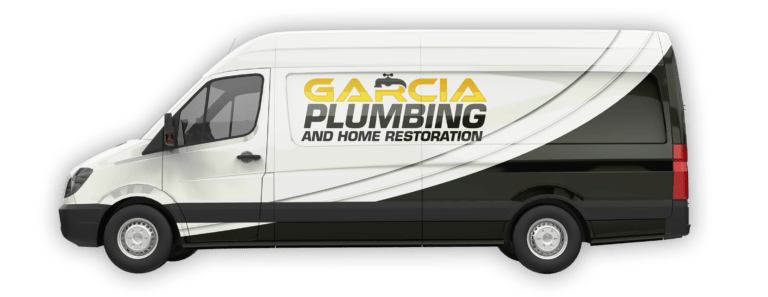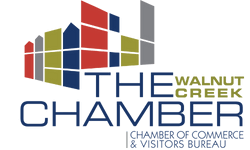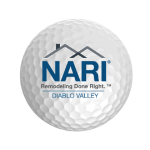Dealing with mold damage can be a nightmare for homeowners, posing risks to both health and property. Understanding the fundamentals of mold damage repair is crucial in effectively addressing this issue. From the insidious nature of mold spores to the potential structural harm they can cause, it’s essential to grasp the intricacies involved in tackling mold-related problems. Seeking professional assistance becomes imperative as it ensures comprehensive and safe removal of mold, safeguarding your home from further damage.
Table of Contents
ToggleUnderstanding Mold Remediation Process
Identifying The Source
Mold remediation begins with identifying the source of moisture that has led to mold growth. This step is crucial because without addressing the source, mold will continue to thrive even after removal. Common sources include leaks in pipes, roofs, or windows, as well as high humidity levels. Once the source is identified and fixed, it’s important to ensure that the affected area remains dry to prevent future mold growth.
It’s like fixing a leaky faucet – if you only mop up the water without repairing the leak, it will keep coming back no matter how many times you clean it up.
Containment And Removal
Containing the affected area is essential during mold damage repair to prevent spores from spreading to unaffected areas. Professionals use physical barriers and negative air pressure machines to contain and control airflow. The next step involves physically removing the mold using specialized equipment and cleaning agents approved for this purpose. It’s vital not only to remove visible mold but also address any hidden mold within walls or ceilings.
Just like when you’re painting a wall – you tape off areas you don’t want paint on so that it doesn’t spread where it shouldn’t be.
Proper Assessment And Planning
Before starting mold remediation, proper assessment and planning are critical for effective results. An initial inspection by experts helps determine the extent of contamination and develop a tailored plan for removal. Professionals assess potential health risks associated with specific types of molds present in order to take appropriate safety measures during removal.
It’s similar to planning a road trip – before setting off, you check your route, estimate travel time, pack essentials; similarly here too we need an organized plan before beginning work.
Assessing And Isolating The Affected Area
Thorough Inspection
When dealing with mold damage repair, it’s crucial to begin by conducting a comprehensive inspection of the affected space. This step helps in identifying all problem areas and determining the extent of the mold damage. By thoroughly studying these areas, you can accurately assess the scope of remediation required. For instance, if there is mold growth in a bathroom, inspecting hidden places like under sinks or behind tiles is essential to ensure no area goes unnoticed.
Another aspect of this inspection involves considering any potential health issues for occupants. Mold spores can cause respiratory problems and other health issues, so understanding where mold is present is vital for ensuring occupant safety.
Isolating The Affected Area
After identifying the affected areas, it’s important to isolate them effectively. This prevents cross-contamination and limits further spread of mold spores to unaffected parts of your home or building. Using containment barriers such as plastic sheeting can help create a physical barrier between the affected space and other parts of your home.
In addition to physical barriers, employing negative air pressure systems also plays a significant role in isolating the affected area during mold damage repair. These systems work by creating lower air pressure inside the contained workspace compared to outside spaces; this ensures that any airborne mold spores are drawn into and contained within this isolated environment rather than being allowed to spread outside.
Safety Precautions During Mold Removal
Wearing Personal Protective Equipment
When tackling mold damage repair, precautions are crucial to ensure your safety. This includes wearing essential personal protective equipment (PPE) such as gloves, masks, and goggles. These items act as a barrier against exposure to health risks associated with mold spores. By wearing PPE, you minimize the chances of inhaling or coming into direct contact with harmful substances.
It’s important to remember that mold can have adverse effects on your health if proper precautions are not taken. For instance, inhaling mold spores can lead to respiratory issues and allergic reactions. Therefore, donning the appropriate PPE is a non-negotiable aspect of ensuring safety during mold removal.
- Gloves
- Masks
- Goggles
Proper Ventilation And Air Filtration Systems
In addition to wearing PPE, maintaining proper ventilation during mold removal is equally vital. Adequate ventilation helps in dissipating airborne particles and reducing the concentration of mold spores in the air. This significantly contributes to minimizing potential health risks associated with exposure.
Moreover, implementing air filtration systems further enhances indoor air quality during remediation processes. High-efficiency particulate air (HEPA) filters effectively capture small particles including mold spores from the air, preventing them from spreading throughout other areas of the property.
Implementing these measures ensures that you’re not only safeguarding your own health but also preventing cross-contamination within unaffected areas of your home or building.
- Proper ventilation
- Air filtration systems
- HEPA filters
Implementing Safety Protocols
Lastly, when dealing with any potentially hazardous materials such as those found in molds, it’s essential to implement comprehensive safety protocols throughout the entire remediation process. Following established guidelines for handling and removing molds minimizes risks associated with exposure.
These protocols may include procedures for safely disposing of contaminated materials and establishing containment barriers using plastic sheeting or other appropriate materials around affected areas to prevent further spread of contaminants.
Techniques For Removing And Cleaning Mold
Surface Mold Removal
When dealing with mold damage repair, it’s crucial to employ the right techniques for effective removal. Dry brushing or using a HEPA vacuum is suitable for eliminating surface mold from non-porous materials such as metal, glass, or plastic. These methods are particularly useful in areas where safety precautions are essential, as they prevent the spread of mold spores into the air.
Porous materials like wood or fabric may require more intensive cleaning approaches. While dry brushing can still be used on these surfaces, damp wiping with an appropriate cleaning solution can penetrate deeper into the material to remove embedded mold. This method ensures that not only the surface but also any hidden pockets of mold are thoroughly addressed.
Specialized Techniques
In some cases, especially when dealing with difficult surfaces or extensive mold damage, specialized techniques become necessary. Soda blasting, a process that uses sodium bicarbonate particles propelled by compressed air to remove mold and other contaminants from surfaces without causing damage, is highly effective in tackling stubborn molds in hard-to-reach areas.
Another advanced method is dry ice blasting, which involves propelling pellets of dry ice at high speeds towards a contaminated surface. The rapid freezing action followed by sublimation effectively removes the mold without leaving behind any secondary waste products.
Both soda blasting and dry ice blasting offer efficient solutions for removing deeply ingrained molds while minimizing potential harm to sensitive materials during remediation efforts.
When considering these various techniques for removing and cleaning molds during repair processes, it’s important to weigh their pros and cons:
Pros:
- Dry brushing/HEPA vacuuming: Suitable for non-porous materials; prevents spreading spores.
- Damp wiping: Penetrates porous materials; addresses embedded molds.
- Soda blasting/Dry ice blasting: Effective against stubborn molds; minimizes harm to sensitive materials.
Cons:
- Dry brushing/HEPA vacuuming: May not be sufficient for porous materials.
- Damp wiping: Requires more time and effort compared to surface-level methods.
- Soda blasting/Dry ice blasting: Specialized equipment and expertise may be needed; higher cost implications.
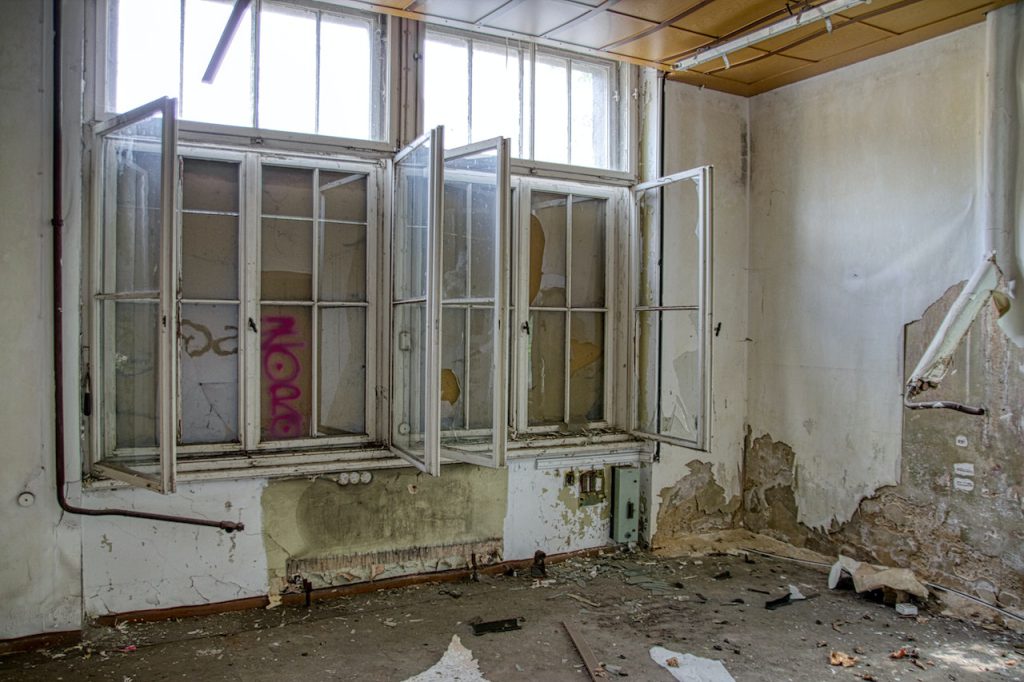
Effective Drying And Moisture Control Strategies
Using Dehumidifiers, Fans, Or Heaters
Addressing the source of moisture is crucial. After removing mold, using dehumidifiers, fans, or heaters can aid in drying out the affected area efficiently. These tools help to reduce moisture levels and prevent mold from reoccurring. For instance, a dehumidifier can extract excess moisture from the air while fans promote air circulation for faster drying.
Utilizing heaters can expedite the evaporation of residual moisture in walls or flooring. By employing these methods during mold damage repair, you not only tackle existing mold but also mitigate future growth by creating an inhospitable environment for spores to thrive.
Monitoring Moisture Levels
An essential step in effectively tackling mold damage repair is monitoring moisture levels regularly after remediation. This practice ensures that the space remains dry and inhospitable to mold growth. You can use a hygrometer to measure humidity levels accurately over time.
Post-Remediation Clearance And Testing
Verification Of Mold Removal
After completing the effective drying process, it’s crucial to verify the success of mold removal. This is where post-remediation clearance testing comes into play. It ensures that the mold has been effectively eliminated from the affected area.
Clearance testing involves air sampling and surface sampling to assess air quality and the presence of mold spores. Air sampling measures the concentration of airborne mold spores, while surface sampling involves swabbing or tape lifting to collect samples from surfaces in the remediated area.
Assurance For Safe Occupancy
Once clearance testing confirms that mold levels are within acceptable limits, a clearance certificate is issued. This certificate provides assurance that the affected area is safe for occupancy. It serves as tangible evidence that all necessary steps have been taken to address the mold issue effectively.
A clearance certificate also demonstrates compliance with industry standards and regulations regarding mold remediation efforts. By obtaining this document, property owners can confidently proceed with repairs or renovations without concerns about lingering mold problems.
Rebuilding After Mold Damage
Necessary Repairs
After visible mold removal, repairing or replacing damaged materials is essential. This includes walls, flooring, insulation, and any other items affected by the mold. Proper disposal of contaminated materials is crucial to prevent the spread of mold during reconstruction.
It’s important to understand that even after the visible mold has been removed, there may still be hidden spores present in the structure. These spores can lead to future mold growth if not properly addressed. Therefore, thorough repairs and replacements are necessary to ensure a safe and healthy environment.
Implementing Preventive Measures During the rebuilding process, it’s vital to implement preventive measures that minimize the risk of future mold growth. This includes using moisture-resistant materials where possible and improving ventilation in areas prone to dampness.
For example:
- Installing exhaust fans in bathrooms and kitchens can help reduce humidity levels.
- Using mold-resistant drywall and paint can provide an added layer of protection against future mold issues.
- Ensuring proper sealing around windows and doors helps prevent water intrusion.
Prevention And Maintenance For Long-Term Mold Control
Regular Inspections
Regular inspections of plumbing systems are crucial in preventing moisture issues that can lead to mold growth. By identifying leaks, drips, or condensation early on, you can address these problems promptly before they escalate. This proactive approach helps to minimize the risk of mold developing in hidden areas such as behind walls or under flooring.
Proper maintenance of plumbing fixtures and pipes is essential for controlling moisture levels within your home. Ensuring that all connections are secure and free from leaks will prevent water from seeping into areas where it shouldn’t be. This simple yet effective measure significantly reduces the chances of spores finding a conducive environment to grow and spread throughout your property.
Educating yourself about common signs of water damage, such as discolored walls or ceilings, musty odors, or peeling paint, empowers you to take swift action when necessary. Being vigilant about these warning signals allows you to catch potential mold issues at an early stage, saving both time and money on extensive repairs down the line.
Proper Ventilation
Installing proper ventilation in high-moisture areas like bathrooms and kitchens plays a vital role in controlling humidity levels within your home. Exhaust fans help remove excess moisture from the air after activities like showering or cooking. By keeping humidity levels low, you create an environment that is less favorable for spores to thrive and reproduce.
In addition to exhaust fans, opening windows periodically can also aid in reducing indoor humidity levels by allowing fresh air circulation throughout your home. This natural airflow helps prevent stagnant moist air from settling on surfaces where mold could potentially develop over time.
Providing occupants with guidelines for maintaining a dry environment is essential for long-term mold control. Simple practices such as wiping down wet surfaces promptly, fixing any leaks immediately, and using dehumidifiers if necessary contribute significantly towards creating an inhospitable environment for spores seeking optimal conditions for growth.
Selecting A Qualified Mold Remediation Specialist
Certifications And Licenses
When seeking expert advice on how to effectively tackle mold damage repair, it’s crucial to hire a certified mold remediation specialist. These professionals possess the necessary expertise in handling various mold-related issues. To ensure that you’re engaging a qualified individual or company, always check for their licenses and certifications. This guarantees that they have undergone the essential training and have met the standards set by regulatory bodies.
Make sure to verify if the specialist holds adequate insurance coverage. This step is vital as it protects both parties in case of any mishaps during the remediation process. By prioritizing these credentials when selecting a professional for mold remediation, you can rest assured that your property is in safe hands.
References And Reviews
Requesting references from prospective specialists is another critical aspect of ensuring effective mold damage repair. These references provide insight into previous clients’ experiences with the specialist’s services, giving you an idea of their track record in successful remediation projects.
Furthermore, reading reviews about the expert you are considering can offer valuable perspectives from others who have utilized their services before. Whether through online platforms or word-of-mouth recommendations, these reviews shed light on the quality of work delivered by the specialist.
Conclusion On Tackling Mold Damage Repair
You now have a solid understanding of the mold remediation process, from assessment to prevention. By following safety precautions, utilizing effective cleaning techniques, and implementing moisture control strategies, you can tackle mold damage repair with confidence. Remember, rebuilding after mold damage and selecting a qualified remediation specialist are crucial steps in the process. By taking proactive measures and seeking expert advice when needed, you can effectively combat mold damage and create a healthier living environment for you and your loved ones.
Now armed with this knowledge, take action to address any existing mold issues in your home or property. Don’t hesitate to reach out to professionals for assistance if the task feels overwhelming. By staying informed and proactive, you can ensure a safe and mold-free environment for years to come.
Experience The Best In Mold Damage Repair With Garcia Plumbing And Home Restoration!
At Garcia Plumbing and Home Restoration, we understand the challenges and health risks associated with mold damage in your home. Our team of skilled professionals, renowned for their expertise in Mold Damage Repair, is dedicated to restoring the safety and integrity of your living spaces.
Our focus at Garcia Plumbing and Home Restoration extends beyond simple repairs; we aim to improve the overall health and safety of your home. We’ve earned a stellar reputation in Contra Costa County for our commitment to excellence, our deep-rooted expertise, and the trust we’ve built with countless satisfied customers. Don’t let mold damage threaten the comfort and safety of your home. Reach out to us today for premier Mold Damage Repair services and experience the peace of mind that comes with a professionally restored home environment!

